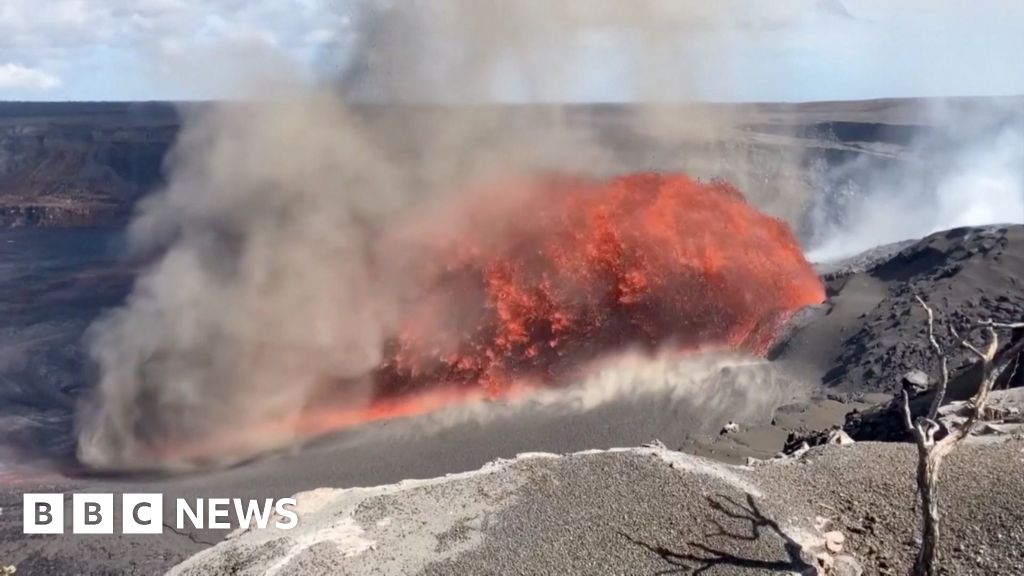The swarm of tens of thousands of earthquakes near the Greek island of Santorini earlier this year was triggered by molten rock pumping through an underground channel over three months, scientists have discovered.
They used physics and artificial intelligence to work out exactly what caused the more than 25,000 earthquakes, which travelled about 20km (12 miles) horizontally through the Earth's crust.
The seismic activity started beneath Santorini, Amorgos, and Anafi in January 2025, with tremors felt widely, many exceeding a magnitude of 5.0. Locals feared an eruption of the Kolumbo volcano or a larger earthquake.
Researchers created a 3D map of the Earth around Santorini and mapped the evolved patterns of the tremors and crust stress. They found that magma movement from beneath these islands through a 30km channel triggered the seismic swarm.
Lead author Anthony Lomax noted that analyzing earthquake patterns could serve as a forecasting tool for future volcanic activity.
Currently, the seismic unrest seems to have concluded, with scientists confident that the magma, having cooled deep in the crust, isn't likely to erupt soon. However, past volcanic activity suggests that unrest can persist for long periods, underscoring the need for ongoing monitoring and predictive measures.






















